It’s often said that any camera is only as good as the lens you put on the front of it. Recent FX (full-frame) format Nikon bodies like the D810 and D850 certainly set the bar high, with high-pixel-count sensors that draw attention to any shortfall in sharpness. But there’s more to a good lens than just its ability to resolve fine detail.
Handling is a key factor in how a lens performs in real-world shooting. You’ll need fast and accurate autofocus, to ensure you nail defining moments in anything from a fleeting expression in portraiture to action sports and wildlife photography. In handheld shooting, effective optical stabilization can make the difference between capturing images that are fit for a gallery, or just fit for the bin.
Increasingly, shortfalls in various aspects of image quality can be corrected in-camera
Even outright image quality is about much more than mere sharpness. Good contrast is highly desirable, even when shooting wide-open at the largest available aperture. Other attributes we tend to look for are minimal distortion and color fringing, good resistance to ghosting and flare, and reasonably low vignetting (darkened image corners). Increasingly, shortfalls in various aspects of image quality can be corrected in-camera, or in post-processing, but that’s a poor substitute for great optical quality.
Nikon or third-party?
Other facets of image quality are harder to quantify, like ‘bokeh’ (the attractiveness of defocused areas within images). It’s a critical aspect of performance for ‘fast’ lenses that enable a tight depth of field as well as enabling you to retain moderate shutter speeds even under dull lighting without the need to really push your camera’s ISO setting.
It’s certainly not always the case that own-brand Nikon lenses outperform competitors from independent manufacturers like Sigma and Tamron. Indeed, some of the latest lenses launched by independent companies are simply superb, and there are some serious bargains to be had.
Based on our extensive lab tests and ‘real-world’ testing, we’re proud to present our top 10 lenses in a wide range of popular categories, as well as great-value alternatives to suit tighter budgets. Let’s take a closer look at all the winners.
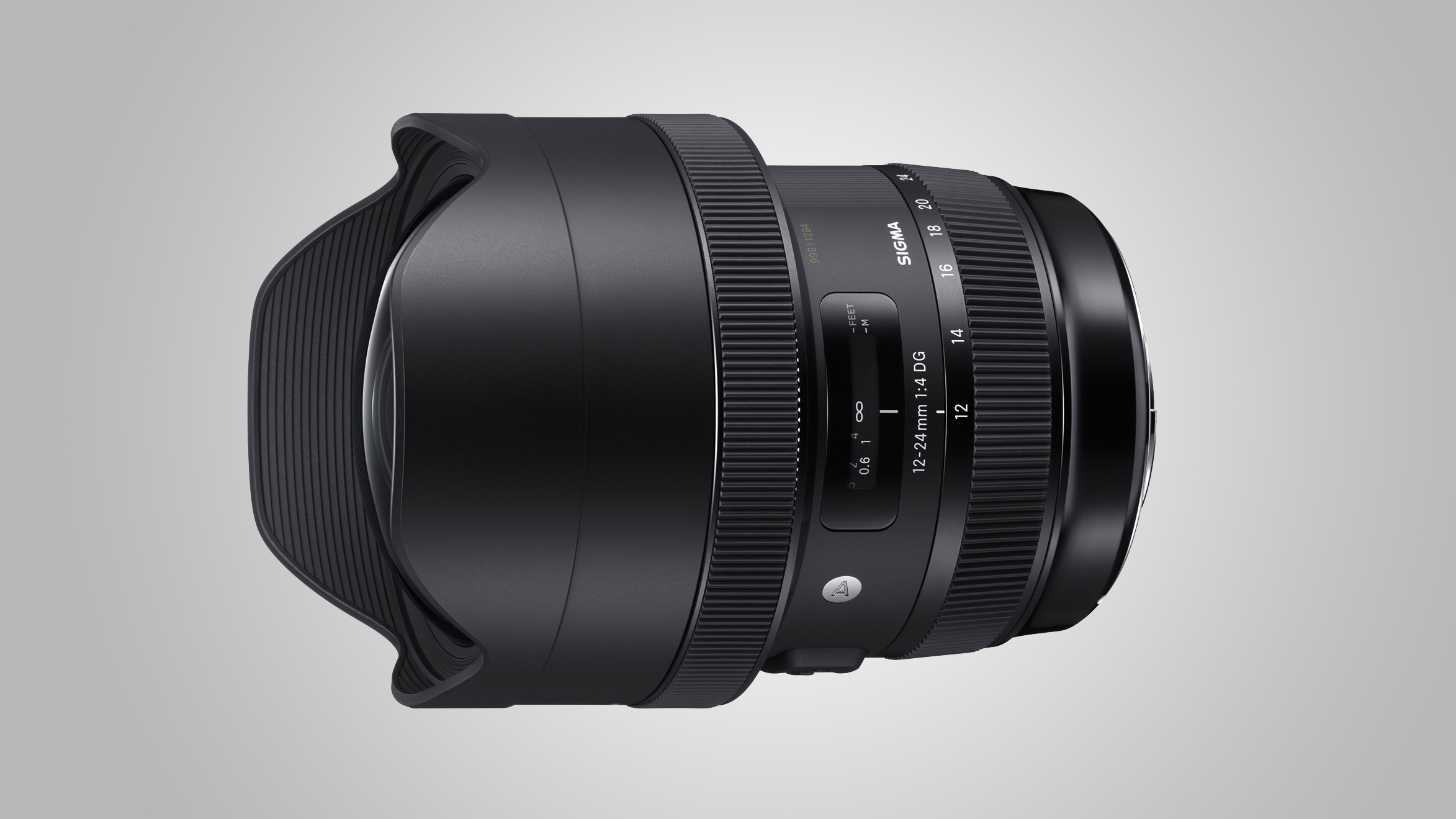
You have to go some to beat Nikon’s legendary AF-S 14-24mm f/2.8G ED ultra-wide zoom, but that’s exactly what Sigma has done with this spectacular lens. Like its predecessor, it boasts a class-leading maximum viewing angle, thanks to an incredibly short minimum focal length for an FX format zoom. However, the new ‘Art’ lens has upgraded optics with an extra-large-diameter aspherical element at the front and five top-notch FLD (Fluorite-equivalent Low Dispersion) elements. Fluorine coatings are applied to the front and rear elements, and the mounting plate gains a weather-seal ring. The autofocus system is revamped and noticeably faster, and the new lens switches to a constant-aperture design. From an image quality standpoint, sharpness and control over distortion are excellent, and represent considerable improvements over the previous edition. As with many ultra-wide lenses the hood is built-in, offering physical protection to the bulbous front element. However, this means you can’t easily fit filters, unless you go for a system like the Lee Filters SW150 Mk II.
Great-value option: Tamron SP 15-30mm f/2.8 Di VC USD
It’s not quite as ultra-wide as the Sigma, but this Tamron undercuts it for cost, while adding optical stabilization and a faster f/2.8 aperture rating.
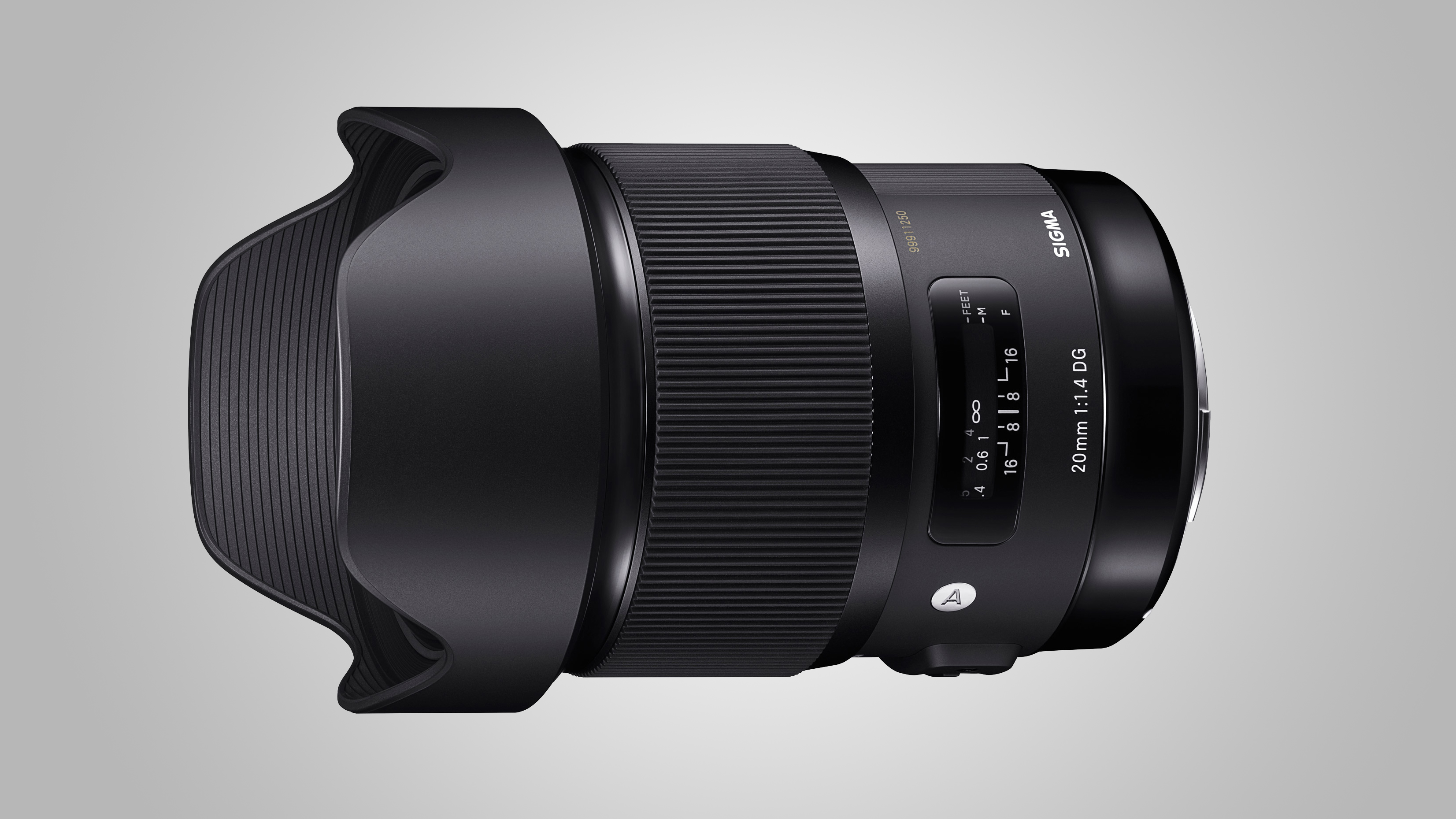
Sigma’s ‘Art’ lenses are designed to unleash photographers’ creative potential, delivering excellent image quality and fast aperture ratings. There’s a large selection of f/1.4 primes to choose from in the range, including 20mm, 24mm, 35mm, 50mm and 85mm lenses. This 20mm lens is not only the widest-angle f/1.4 optic in the group (there’s also a 14mm f/1.8 lens), but is remarkable for combining such a wide aperture with such a short focal length. The no-compromise design and superlative image quality are enabled by an extra-large-diameter aspherical lens; this makes for an undeniably chunky and heavy build, but it’s a beast of a lens.
Great-value option: Irix 15mm f/2.4 Firefly
It lacks autofocus, but this is a fabulous manual-focus lens that’s beautifully built and a real joy to use. The ‘Blackstone’ edition adds a couple of extra luxuries, but the Firefly is unbeatable value.
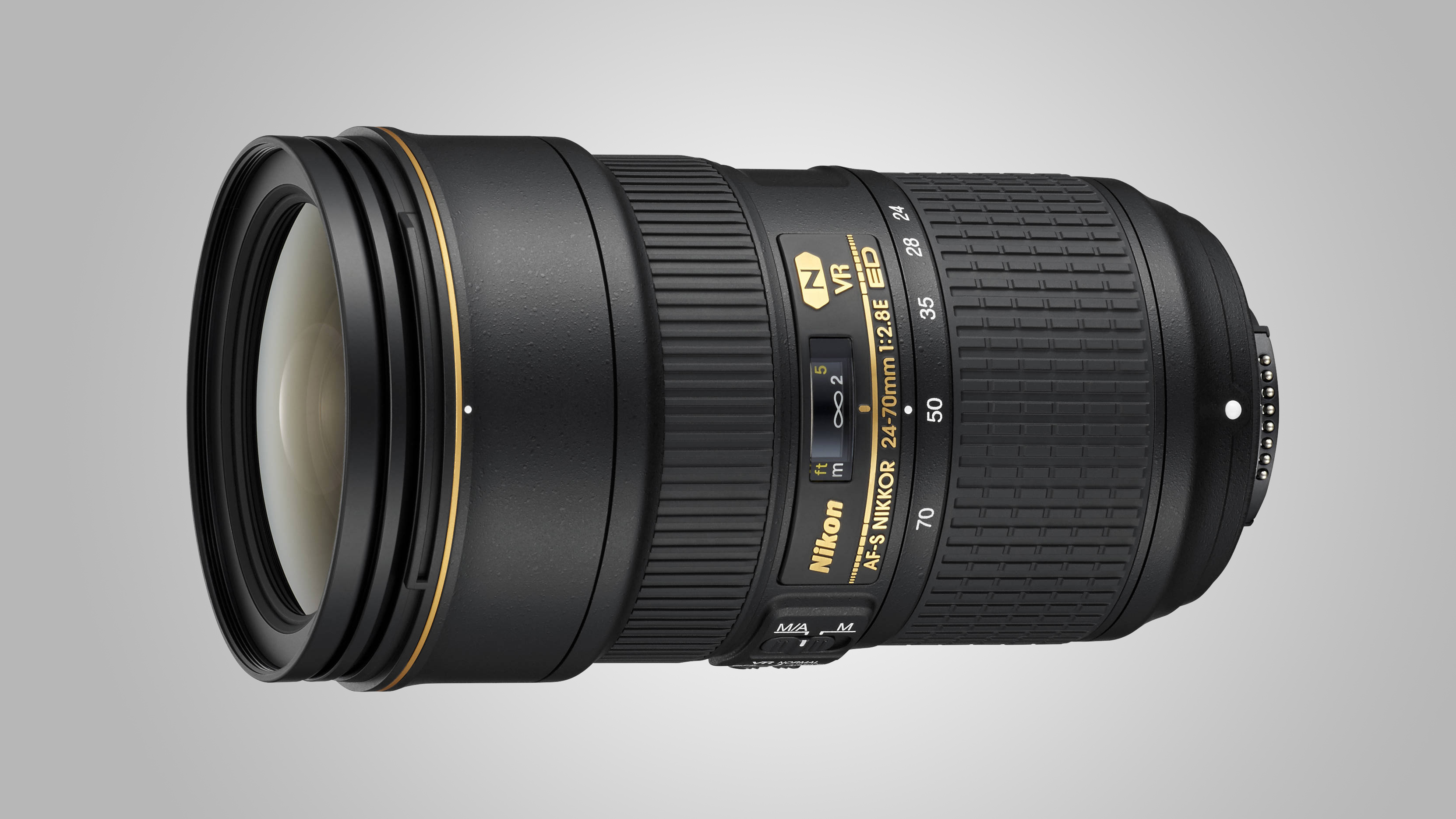
This lens literally dwarfs most standard zooms, but at least the physical length remains fixed throughout the zoom and focus ranges. It builds on the success of its predecessor, adding Vibration Reduction and improving the optical path and build quality. Enhancements include four ED elements, an HRI (High Refractive Index) element, Nano Crystal Coat, fluorine coatings on the front and rear elements, and an electromagnetically controlled diaphragm. Image quality is excellent in most respects, although color fringing can be noticeable if uncorrected, and vignetting is quite severe at f/2.8.
Great-value option: Tamron SP 24-70mm f/2.8 Di VC USD G2
The G2 (Generation 2) edition of Tamron’s 24-70mm lens combines excellent image quality with a tough build and great handling. The original edition is still on sale as well, and rather less expensive to buy.
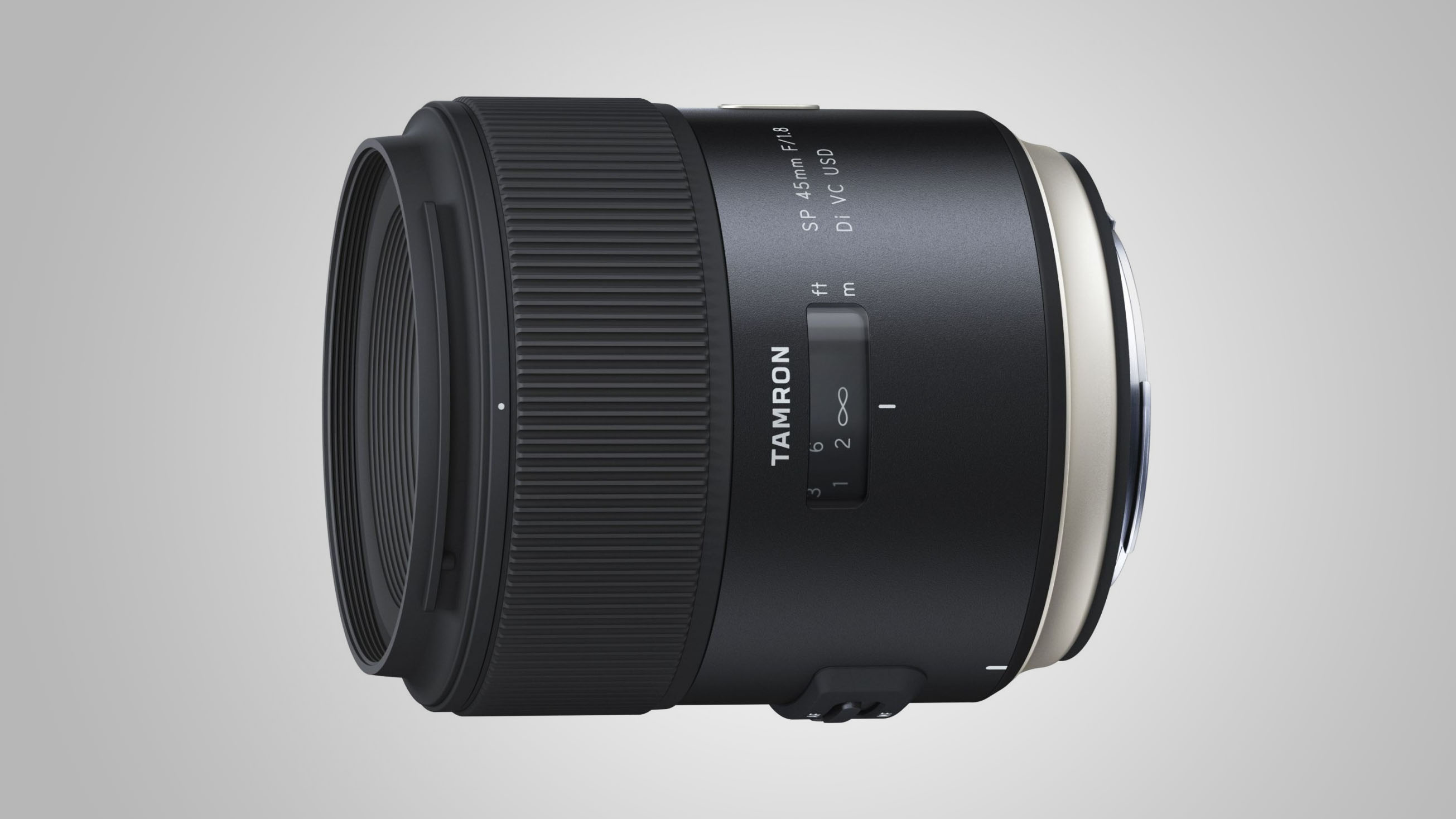
Our top choice of ‘portrait prime’ for DX-format DSLRs is also our favored standard prime for FX cameras. Compared to the excellent Sigma 50mm f/1.4 Art lens, the Tamron loses two-thirds of an f/stop in aperture rating, but is a much more manageable size and weight, and gains optical stabilization. You could argue that you don’t really need stabilization in such a ‘fast’ lens, but we disagree. Standard primes are often used in preference to zoom lenses, for their excellent sharpness and minimal distortion, not just for their faster apertures. You might well want to dial in a medium or narrow aperture setting to extend the depth of field, so stabilization can be a big help in handheld shooting.
Great-value option: Nikon AF-S 50mm f/1.4G
Compared with the ‘budget’ Nikon AF-S 50mm f/1.8G, this f/1.4 lens is about twice the price, but still rather less expensive than the Tamron. It’s nice and sharp, but you do forego stabilization.

Superzooms for DX-format cameras are often referred to as ‘travel lenses’ because they deliver a big zoom range, stretching from wide-angle to telephoto focal lengths, usually in a fairly compact and easily manageable package. This avoids the need to carry more than one lens if you’re trekking around the city, or flying to the other side of the world. The travel-friendly theme is somewhat lost in the FX-format camp, however, and this superzoom tips the scales at 800g. Even so, it’s a useful lens for event photography and other times you need to quickly and repeatedly switch between wide-angle and telephoto shooting. As is often the case, the extended zoom range comes at the cost of compromised image quality – in this case it's good rather than great, with mediocre sharpness and severe distortions and vignetting.
Great-value option: Tamron 28-300mm f/3.5-6.3 Di VC PZD
It’s a cheaper option than Nikon’s FX-format superzoom and delivers similar image quality, but the autofocus system is comparatively basic and build quality doesn’t feel quite as good.
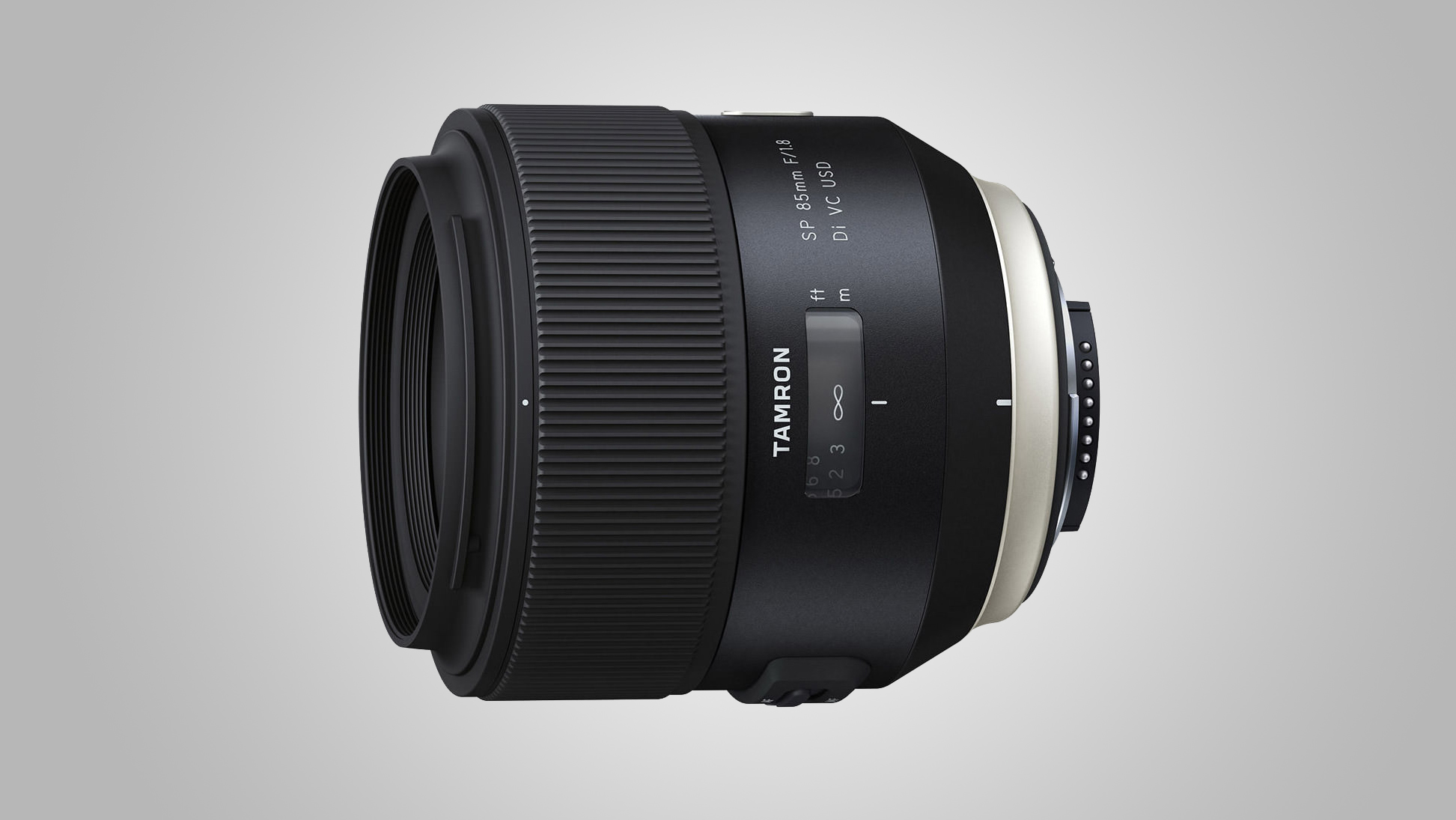
There are some fabulous 85mm f/1.4 portrait lenses on the market, including Nikon’s own AF-S 85mm f/1.4G and Sigma’s 85mm f/1.4 DG HSM | A. This Tamron can’t quite compete on aperture rating but adds optical stabilization, which is lacking in the other two lenses. It’s also significantly less expensive to buy. While the slightly narrower maximum aperture might seem to give the Tamron a disadvantage when it comes to blurring the background in portraiture, the lens actually produces a wonderfully smooth bokeh, while maintaining excellent sharpness at the point of focus. For indoor portraiture without flash, or for handheld shooting in low-light conditions, the stabilizer is well worth having, even when using a very wide aperture; it’s even more of a benefit when using narrower apertures for extending the depth of field, to put portrait sitters into the context of their surroundings.
Great-value option: Nikon AF-S 85mm f/1.8G
This Nikon lens is a bargain if you’re willing to stick with f/1.8 rather than stretching to an f/1.4 aperture, although it doesn’t feature stabilization.
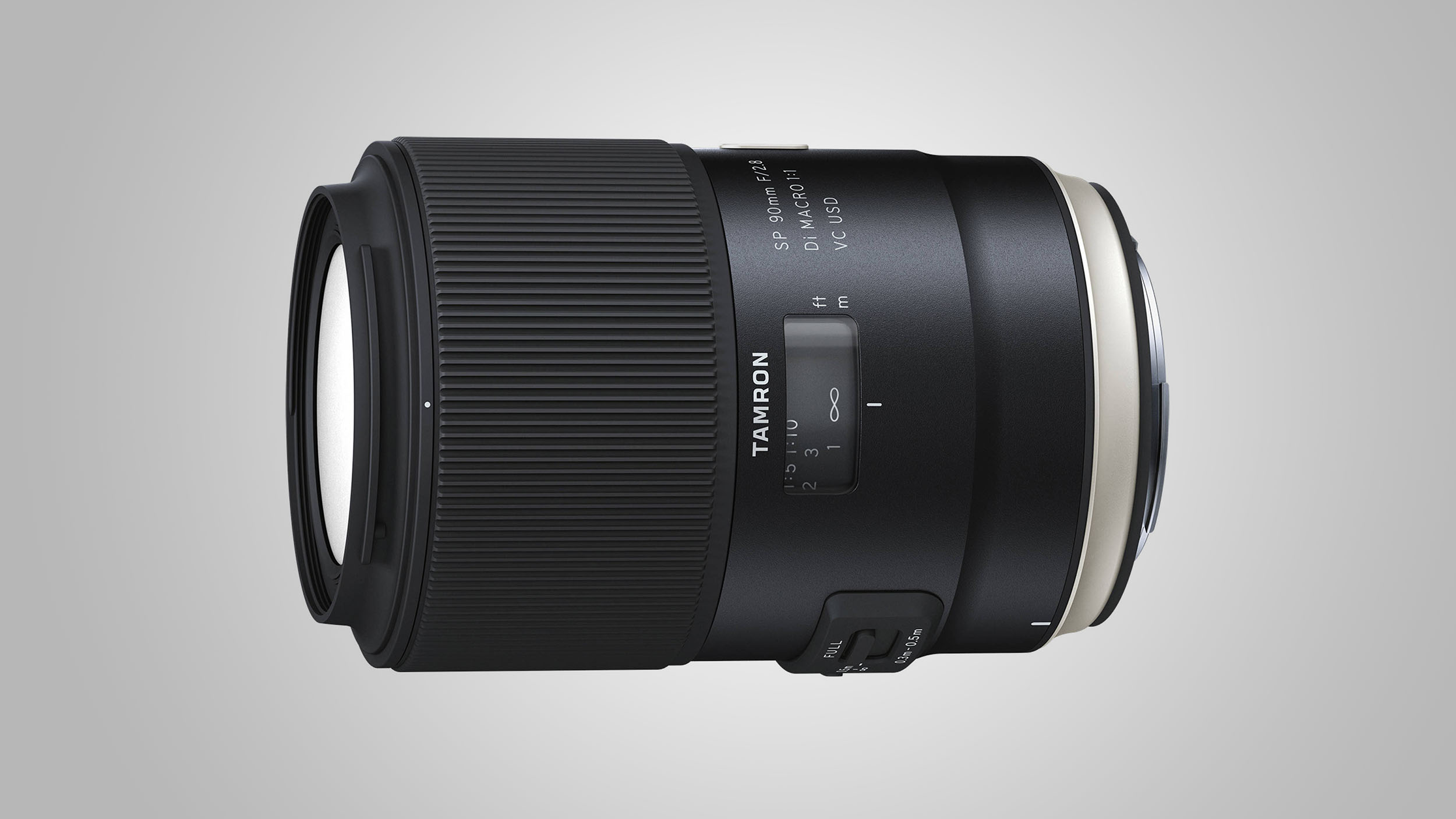
Almost as expensive as Nikon’s popular Nikon AF-S 105mm f/2.8 G IF ED VR Micro lens, the latest edition of this Tamron classic includes a revolutionary hybrid optical stabilization system. Essentially, this can counteract shift in the vertical and horizontal axes, as well as angular vibration or wobble, which gives superior stabilization, especially for close-up shots. In our tests, the Tamron proved a little sharper than the Nikon, especially for extreme close-ups, while defocused areas look a little smoother.
Great-value option: Sigma 105mm f/2.8 EX DG OS HSM Macro
It lacks the Tamron’s hybrid stabilization system and weather seals, but has refined handling and delivers superb image quality.
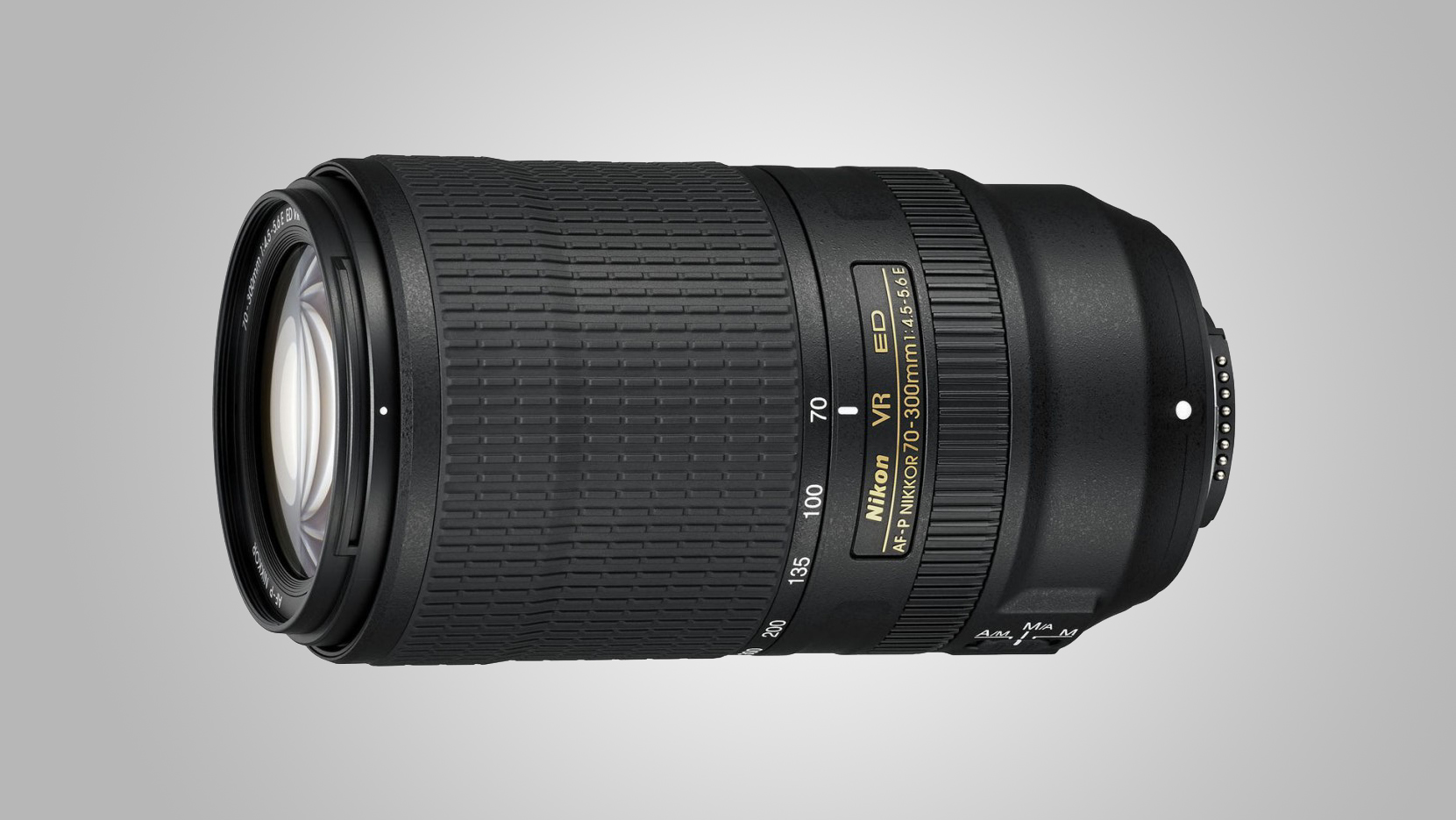
Nikon’s pre-digital-age 70-300mm ED lens was hugely popular, and the later VR edition has long been a favorite with DSLR shooters. It’s now been replaced by this lens, which features much of Nikon’s latest technology, including an AF-P (Pulse) autofocus system based on a stepping motor. This delivers rapid performance for shooting stills, along with smooth and virtually silent focus transitions for movie capture. It also features an electromagnetically controlled diaphragm, for more consistent apertures in rapid-fire shooting using fast continuous drive mode. On top of that, you get Nikon’s recently introduced Sport VR mode, which makes it easier to track erratically moving subjects in the viewfinder. However, the AF-P autofocus and electromagnetic diaphragm control make the lens incompatible with some older DSLRs, and the relatively expensive price tag stretches the notion of a ‘budget telephoto zoom’.
Great-value option: Tamron SP 70-300mm f/4-5.6 Di VC USD
As well as being our top pick for DX-format cameras, thanks to its good performance and relatively inexpensive price, this Tamron is also a smart budget buy for FX bodies.

The go-to telephoto for most professionals, a 70-200mm f/2.8 lens gives you good telephoto reach, and retains a respectable f/5.6 aperture rating at up to 400mm when used with a 2x teleconverter. Top tricks include auto and manual priority autofocus options, a Sport VR mode, and an electronically controlled diaphragm, all of which are also featured in Nikon’s new 70-300mm ‘budget’ telephoto zoom. This top-flight lens is supremely well built, however, more suited to professional use. The autofocus system is super-fast and image quality is stunning, with incredible contrast and sharpness.
Great-value option: Tamron SP 70-200mm f/2.8 Di VC USD G2
This directly competing second-generation Tamron’s 70-200mm f/2.8 lens is very nearly as good as the own-brand Nikon, but costs about half the price.
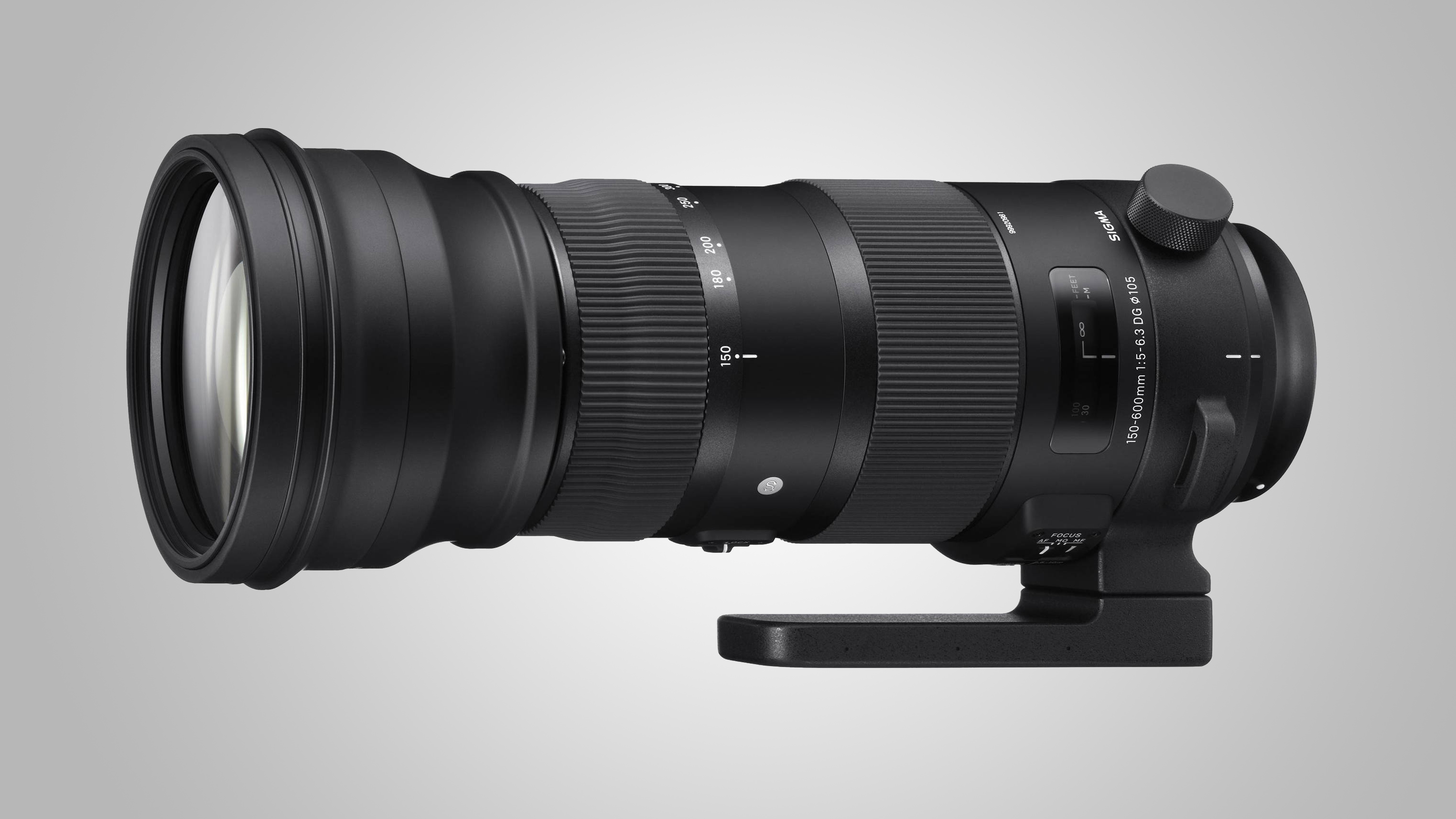
Despite significantly undercutting the popular Nikon AF-S 80-400mm f/4.5-5.6G ED VR for price, this Sigma ‘Sport’ lens delivers 50% more telephoto reach and packs a real punch in terms of performance. Rarely for a Sigma lens, it features a full set of weather seals, and there’s no shortage of high-tech treats. Auto and manual priority autofocus modes are available, and the clever zoom lock mechanism enables you to lock the position at any marked focal length, rather than just at the short end of the zoom range. Excellent contrast and sharpness are retained all the way to the maximum 600mm focal length, distortions and color fringing are very well controlled, and the ring-type autofocus system does well to keep up with even fast-moving subjects.
Great-value option: Sigma 150-600mm f/5-6.3 DG OS HSM | C
Nearly a kilogram lighter in weight, this Contemporary lens retains many of the advanced features of the Sport edition, but is cheaper to buy and less of a strain in handheld shooting.